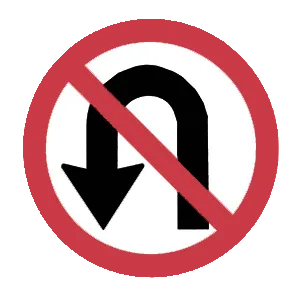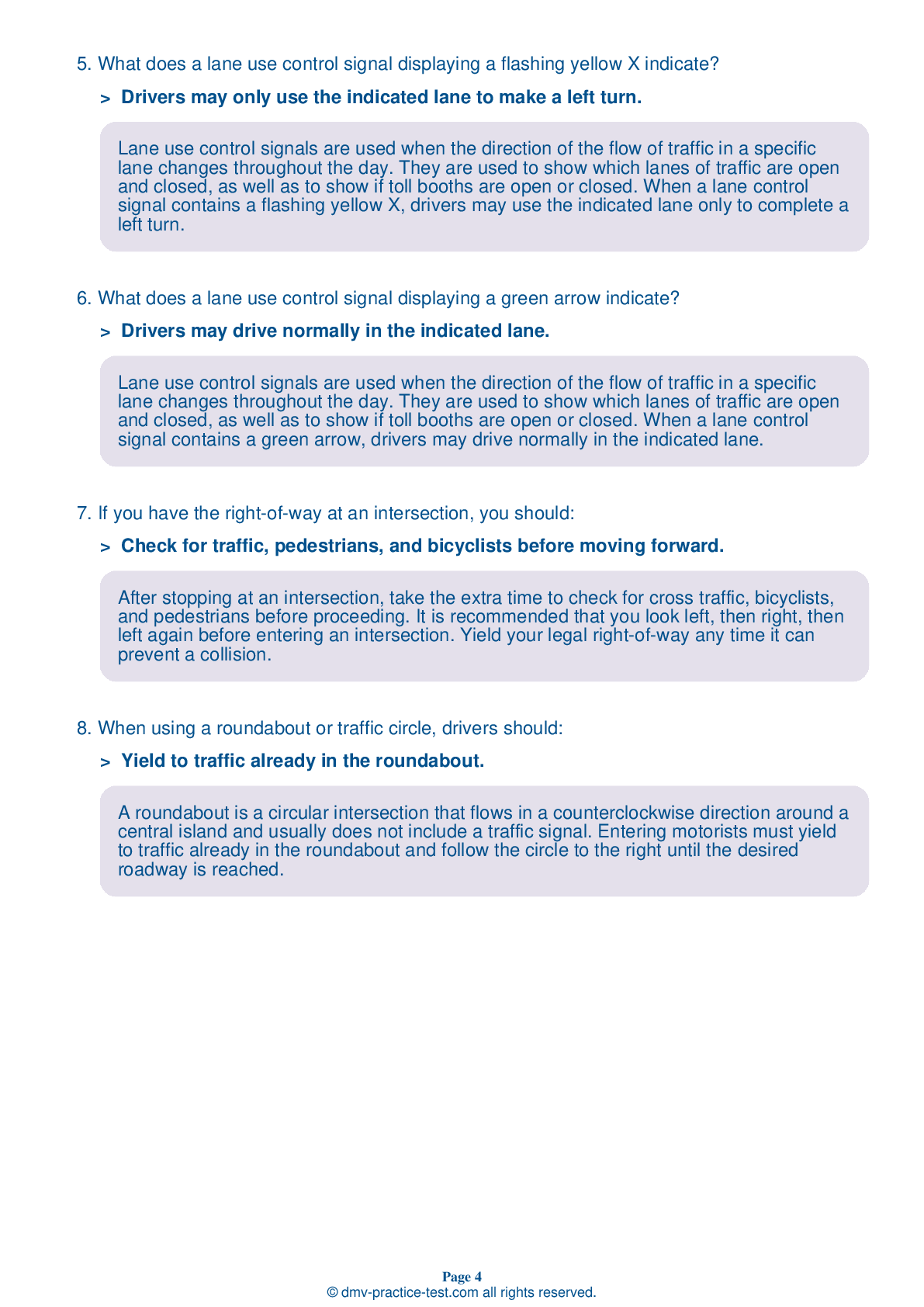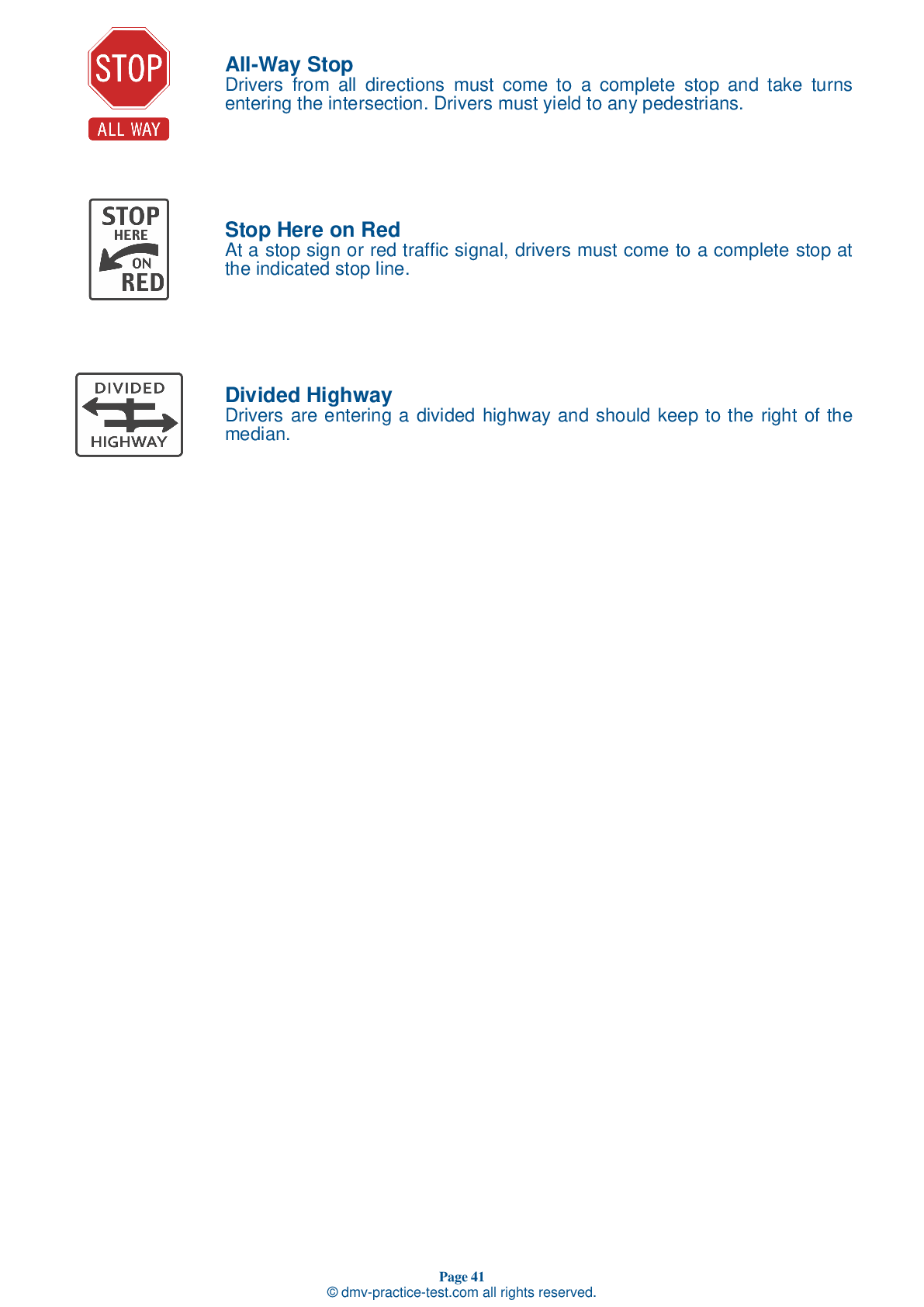FREE Maine DMV Practice Test #18 Page 7 of 7
For January 2025, Maine's DMV practise exams have been updated. It includes questions based on the most important traffic signals and legislation for 2025 from the Maine Driver Handbook. To study for the DMV driving permit test and driver's licence exam, use actual questions that are very similar (often identical!) to the DMV driving permit test and driver's licence exam.
Each question on the practise exam has a tip and explanation to help you recall the ideas. Questions about traffic rules, traffic signs, and driving statutes, as well as knowledge from the Driver Handbook, will be included in the written portion of the official Maine DMV test.
You must properly answer 50 of the 60 questions to receive a passing mark. To help you prepare for your Maine instruction permit or driver's licence, take our DMV practise test.
The DMV exam is offered in a variety of languages.
Using any form of testing help will result in an automatic fail, and the DMV may take further action against your driver's licence, so avoid it.
51 . When changing lanes on a highway, you should:
Any time you want to change lanes, you should properly signal your intentions well in advance, check your mirrors, and check your blind spot. You can check your blind spot by glancing over your shoulder in the direction that you plan to move.
52 . Refusing to take a chemical test when requested to do so by law enforcement:
When you operate a motor vehicle in Maine, you automatically consent to take an alcohol level test whenever requested to do so by law enforcement. You will not be forced to take such a test, but your driver license will be immediately suspended if you refuse.
53 . What should you do when an emergency vehicle is approaching while displaying flashing red or blue lights?
You must yield the right-of-way to all emergency vehicles using a siren, air horn, and/or flashing red, blue, or white lights. Where possible, you must pull over to the right edge of the road. If you are in an intersection, drive through the intersection before you pull over.
54 . Which of the following is not a safe driving practice when driving on the interstate?
You should always signal when moving your vehicle to the right or left. On an interstate, you should stay in the right lane if you are moving more slowly than the surrounding traffic. It is illegal to back up or make a U-turn on interstate highways, so if you miss your exit, you should proceed to the next exit.
55 . This road sign means:

This signs indicate that U-turns are prohibited in the location where it is posted.
56 . Your vehicle's stopping distance increases when stopping:
Stopping distances increase on wet or icy roads. Stopping distances also increase on road surfaces covered in loose gravel or stones.
57 . A driver should be extra alert to motorcyclists, bicyclists, and pedestrians because:
In many collisions with motorcycles, bicycles, and pedestrians, drivers reported that they were looking but still did not see the smaller vehicle or pedestrian. These can be more difficult to spot in traffic than passenger vehicles because they are smaller, may move faster, and have less noticeable lighting. To prevent collisions with these smaller and less protected road users, drivers should always be alert to the presence of motorcycles, bikes, and pedestrians.
58 . Which of the following statements about driving speed is true?
As driving speeds increase, the chance of a fatality in the case of a collision increases. If you are going faster than 80 miles per hour, you have almost no chance of living through a crash. The speed you drive affects your stopping distance, so you should increase your following distance as you increase your speed.
59 . If you encounter one deer or moose, you should not expect to see another.
Moose and deer often travel in small groups. If one animal crosses the road, you can bet that there are more animals nearby that may cross after it.
60 . Defensive driving is:
You drive defensively when you identify dangerous driving situations and take action before an accident occurs. Defensive driving helps prevent conflicts with aggressive, offensive, discourteous, careless, inattentive, impulsive, ignorant, or intoxicated drivers or pedestrians.
See the exact questions that will be on the 2025 Maine DMV exam.
99.2% of people who use the cheat sheet pass the FIRST TIME
LT gives us an insight on how the cheat sheet provided her with all the study questions she needed before taking her test.
Joe initially studied with the handbook and failed his test, he eventually found us online, studied and pass his test the first time around.



